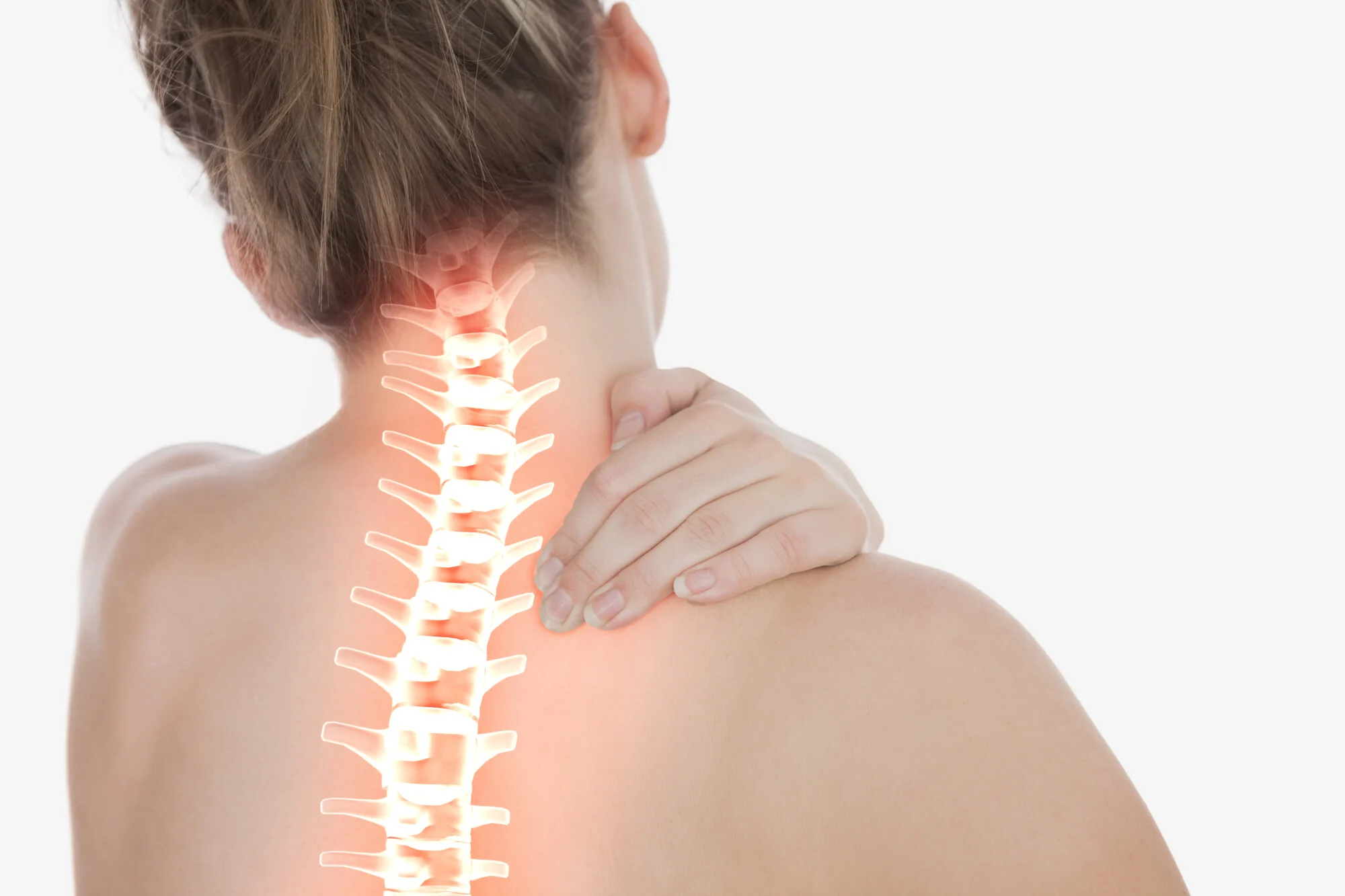From persistent pain to the odd twinge, most of us have experienced back pain at some point. Figures show that as many as 80 percent of Americans will have lower back pain within their lifetime.
Common pain management plans include pain medications, physical therapy, and chiropractic care. Another option for chronic back pain is non-surgical spinal decompression.
This non-surgical treatment can provide relief for chronic back and neck pain. Spinal decompression can also help individuals with other conditions, such as sciatica and herniated discs.
In this guide, we explain what non-surgical spinal decompression involves and how it could help you.
What Is Non-Surgical Spinal Decompression?
Non-surgical spinal decompression is a type of motorized traction. It works by gently stretching the spine to change the force and positioning of the spine. This then takes some of the pressure off the spinal discs.
Herniated or bulging discs are then able to retract, removing some of the pressure from the nerves and other structures connected to your spine. With less pressure and more freedom of movement, water, oxygen, and nutrient-rich fluids can then enter and heal the discs.
Chiropractors have used spinal decompression to successfully treat:
- Back or neck pain
- Sciatica, a pain, weakness, or tingling that travels down the legs
- Bulging or herniated discs
- Degenerative disc disease
- Posterior facet syndrome (worn spinal discs)
- Injured or diseased spinal nerve roots
How Is Non-Surgical Spinal Decompression Done?
This therapy involves lying either face-up or face-down on a computer-controlled table. Once the chiropractor fits harnesses around your pelvis and trunk, they operate the computer to customize the treatment to your specific needs.
Each session lasts between 30 and 45 minutes. You will need a total of 20 to 28 treatments over five to seven weeks. Before or after spinal decompression therapy, your chiropractor may also recommend other treatments, such as:
- Heat or cold therapy
- Electrical stimulation
- Ultrasound therapy
The Pros and Cons of Non-Surgical Spinal Decompression
This non-surgical treatment option comes with several pros and cons:
Pros
- Rapid and long-lasting pain relief
- Non-invasive treatment
- Quick individual sessions
Cons
- The full treatment plan takes several weeks
- May be ineffective for some patients
Am I a Good Candidate for Non-Surgical Spinal Decompression?
Another disadvantage of spinal decompression is that it’s not suitable for everyone. If you’re interested in this treatment your doctor will have to assess whether you are a good candidate or not.
Spinal decompression is inadvisable if you are pregnant. People with the following conditions should also avoid non-surgical spinal decompression:
- Metal spinal implants
- Fractures
- Tumors
- Advanced osteoporosis
- Abdominal aortic aneurysm
Your Guide to Non-Surgical Spinal Decompression
As this brief guide shows, non-surgical spinal decompression can be an effective treatment option for back pain and other conditions.
If your back pain is the result of personal injury, you’ll need the help of a chiropractor on lien. Here at Pacific Coast Injury Group, we specialize in connecting patients and their attorneys with experienced chiropractors. Through us, you can connect to a chiropractor who’ll assess whether spinal decompression is the best pain management option for you.
Contact us today to find a medical professional in your area who can provide the chiropractic care you need.


